
Barcelona food tour: experience authentic Catalan cuisine as you eat your way through charming foodie neighbourhood
Did you know Spaniards eat five meals a day? Next time you’re in Barcelona, live like a Catalan and stroll around the charming Gracia neighbourhood tasting delights such as Iberian ham, churros and meatballs
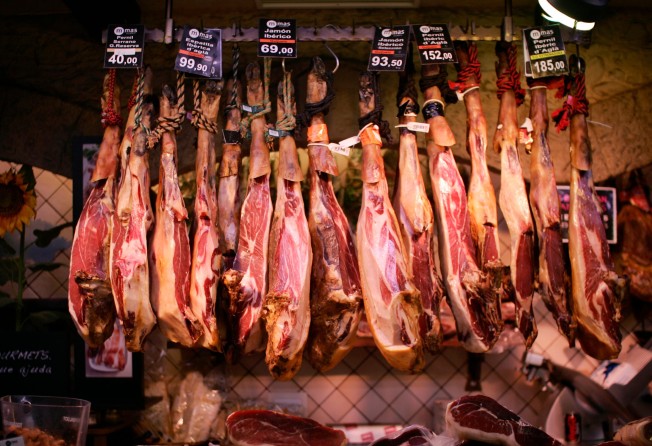
“Every meal is an excuse to meet [friends],” quips Paulina Grzeszczyk, my bubbly food guide in Barcelona. I am surprised since my understanding of socialising in the West is quite different; social meals require forward planning with friends and family, and are therefore not a daily activity.
I had arrived a day before in Antoni Gaudí’s city and had registered for a food tour through Devour Tours (devourtours.com). My second surprise is when Grzeszczyk declares: “I am glad you chose this tour over the Barcelona food tour”. I am in Gracia, a neighbourhood of Barcelona, so wasn’t I technically part of the Barcelona food tour?

Seeing my confusion, Grzeszczyk explains that in the 19th century, the city quarter surrounding the Gothic area got crowded and soon swallowed the neighbouring villages like Gracia. The locals proudly claim they are from Gracia and not Barcelona.
“Barcelona is cosmopolitan, and today it is difficult to find authentic Catalan food in the city. Gracia has its own charm and holds the legitimacy of Catalan traditions and customs strong,” Grzeszczyk explains. Catalonia is one of the 17 autonomous regions in Spain, each with a distinct cultural identity and traditions.
Grzeszczyk agrees to take me to authentic establishments and some family-run places. As we walk through the streets of Gracia, I can smell the faint citrus aroma of oranges. The harvest of the famed Spanish oranges has just finished, but the fruit is still found hanging on a few trees.
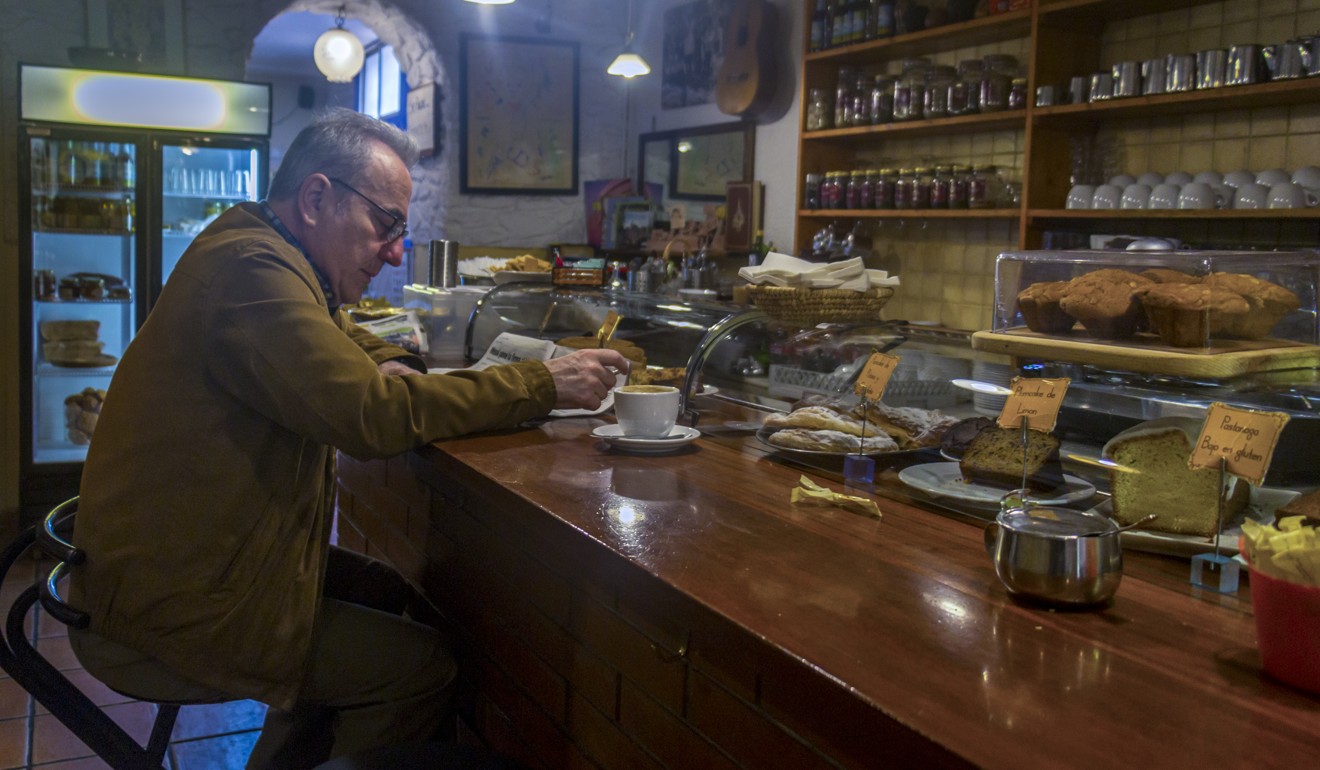
Our first stop is at La Nena, which looks like a regular coffee shop selling a range of pastries, cakes and snacks. An old man sits reading his newspaper while sipping his coffee. I am in for a surprise as we move to the back area that is a whirlwind of activity. Children sit with their parents drinking chocolate, playing board games and reading books.
It is normal in Spain to have a glass [of cava] with friends for breakfast
I am in the cosy family area of the traditional chocolatería which opened in 2003. Such places are called granja – where milk products are produced and distributed. Unlike other granja that use milk powder, this place uses fresh milk in its preparations.
Run by Pep Cañameras, who moved to Paris with his parents during the Spanish civil war, the place is a must visit for its rich shot of chocolate with cream and the feather-light biscuit, melindro. The country’s obsession with chocolate, which was supposedly first brought from the New World by the Spanish explorer Hernando Cortes, explains the popularity.

As we step out, I follow Grzeszczyk and soak up the smells and sounds of Gracia. She asks me about the first thing I think of when talking about Spanish food. “Of course, the Iberian ham,” I reply. It was one of the many reasons I had joined the food tour.
We head to Iberic Travessera, a shop selling delicious cured meat. Legs of black- and white-hoofed pigs hang in the shop. A jamón carver stands at the counter and serves me a slice of jamón Duroc. Jamón Ibérico is differentiated by the animal’s diet, breed and how its raised.
While the white-hoofed ham is nice, it pales in comparison to the jamón Ibérico de bellota. Perfectly marbled and sliced wafer-thin, it melts in your mouth. Close your eyes to relish its nuttiness and oaky sweetness.
This breed of fat swine roam freely through oak forests and are fed only acorns for the last four months of their life, which is the key contributor to the flavour of the meat. It costs about €70 (US$81) a kilogram. A few decades back, bank officials would lure customers to open an account by giving them a leg of the Iberian ham. It was also given as a bonus to the working class, adds Grzeszczyk.
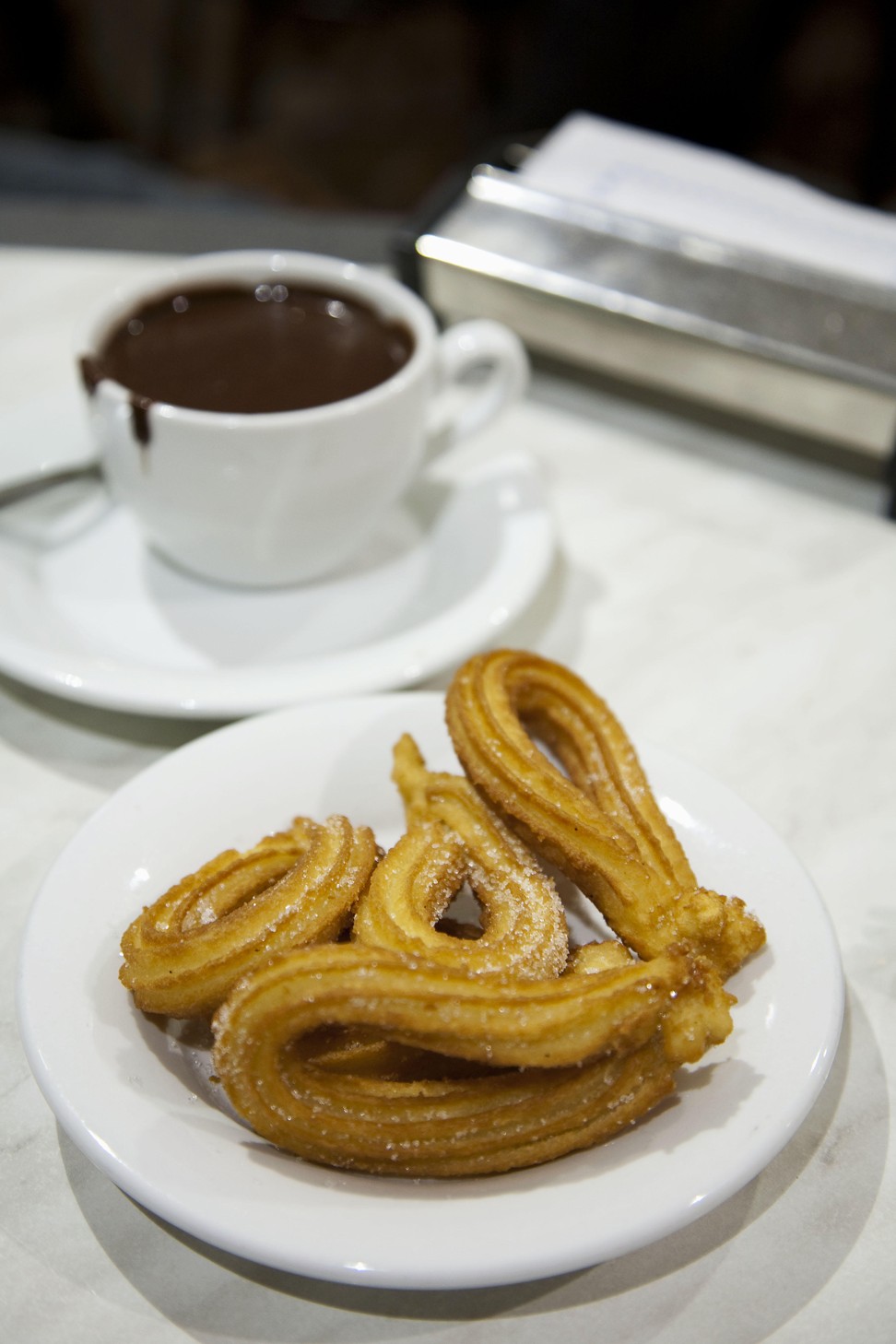
Grzeszczyk catches us off guard when she suddenly announces: “Let’s head for our second breakfast.” My limited knowledge of the Spanish food scene explains my inability to understand the unthinkable: the Spaniards have five meals a day.
The first breakfast – desayuno – eaten between 7am-9am, usually consists of a croissant and coffee, or the crunchy churros and porra with thick hot chocolate. This is followed by second breakfast – almuerzo – around 11am featuring a bocadillo (sandwich) with coffee or Spanish bubbly known as cava. By 3pm it is time for lunch – la comida – and at 6pm it’s time to catch up with friends for a coffee and snack – merienda. The eating concludes with – la cena – a late-night dinner.
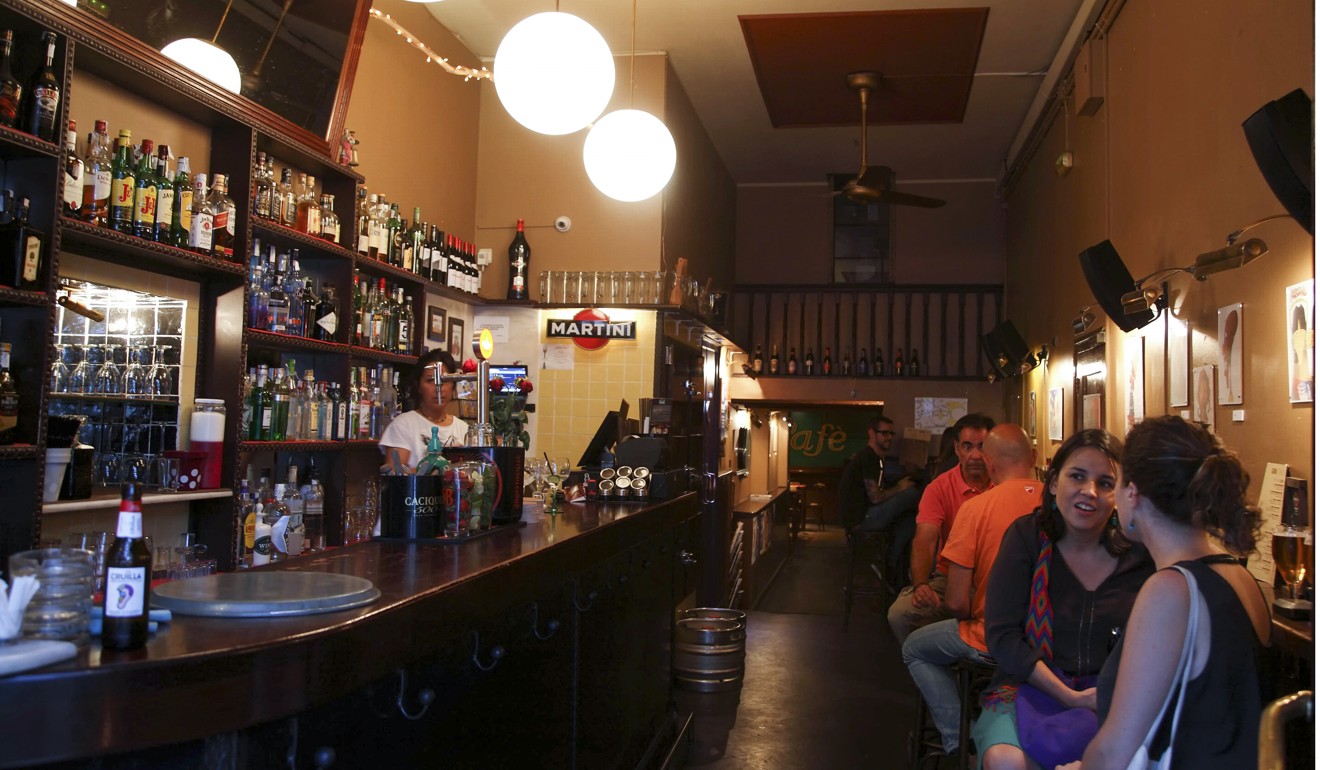
An English person might not approve of the bocadillo, a dry Spanish sandwich. With no mayonnaise, mustard or other sauces used on the sandwich, they rely on a drizzle of olive oil and the rubbing of a tomato slice to moisten the baguette-like bread.
It comes with a variety of fillings, including Spanish blood sausage, greasy and crunchy deep-fried squid, and serranito, made of pork loin with ham, fried green pepper and tomato.
At Can Tosca, a traditional Catalan establishment run by the Tosca family since 1961, I dig into the juicy Catalan botifarra (pork sausage) bocadillo. “Every part of the pig is consumed,” declares Grzeszczyk, which isn’t surprising for a country that loves pork.
When a glass of cava is handed to me, I wonder, “Isn’t it too early in the day for wine?” Grzeszczyk says: “It is normal in Spain to have a glass with friends for breakfast.” You never have food without drink, or drink without food, in Spain. Cava is more affordable than its French cousin, champagne. It’s made using a similar method, but with different grapes.

I am full and can’t eat any more, I tell Grzeszczyk. She agrees to build up my appetite for lunch. We take the uphill road of Gracia towards Bodega Ca’l Pep, opened in 1939. A bodega is a shop that sells good quality table wine at throwaway prices – about €2 per litre.
I find old men sitting on the table hobnobbing over a bottle. The Spanish sobremesa (time spent over the table) refers to conversations had over and after a meal. Grzeszczyk orders a glass of the sweet- smelling, fortified vermouth spiked with spices. Most Spaniards ring their friends before lunchtime to meet them over a vermouth – an aperitif wine.
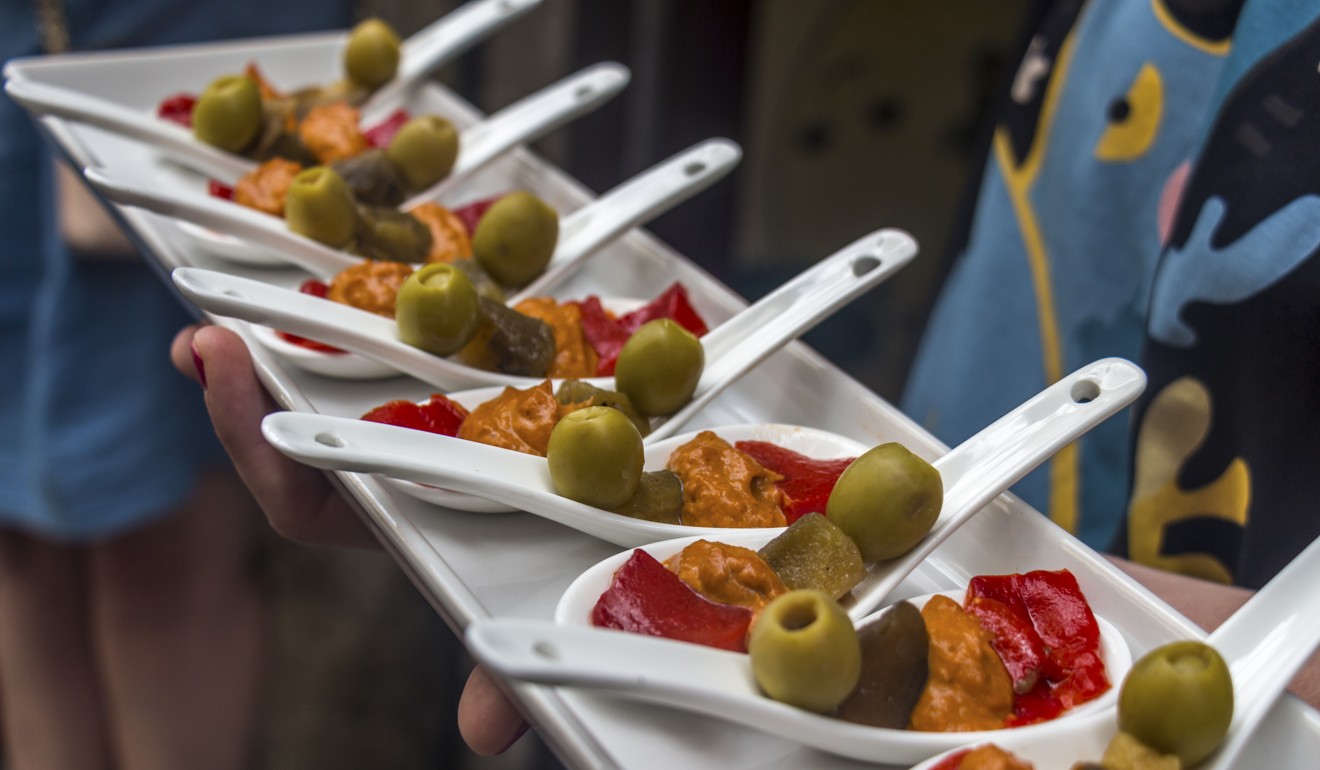
Grzeszczyk is happy that I can now nibble my lunch after the drink, so we head to La Botigueta del Bon Menjar, which serves grandma-style, home-made Catalan food. Such establishments came into existence in the 19th century during Spain’s industrial revolution, when women started working in textile mills. We are served the flavourful and smoky Catalan escalivada (aubergines and bell peppers served as tapas), followed by a plate of albóndigas (Arabic meat balls).
Grzeszczyk tells me the Moorish occupation from the 8th to 15th centuries had a great influence on Spanish food and language.
By now I am too full to move, and Grzeszczyk’s words seem a distant dream. Perhaps it’s time for the famed Spanish siesta.
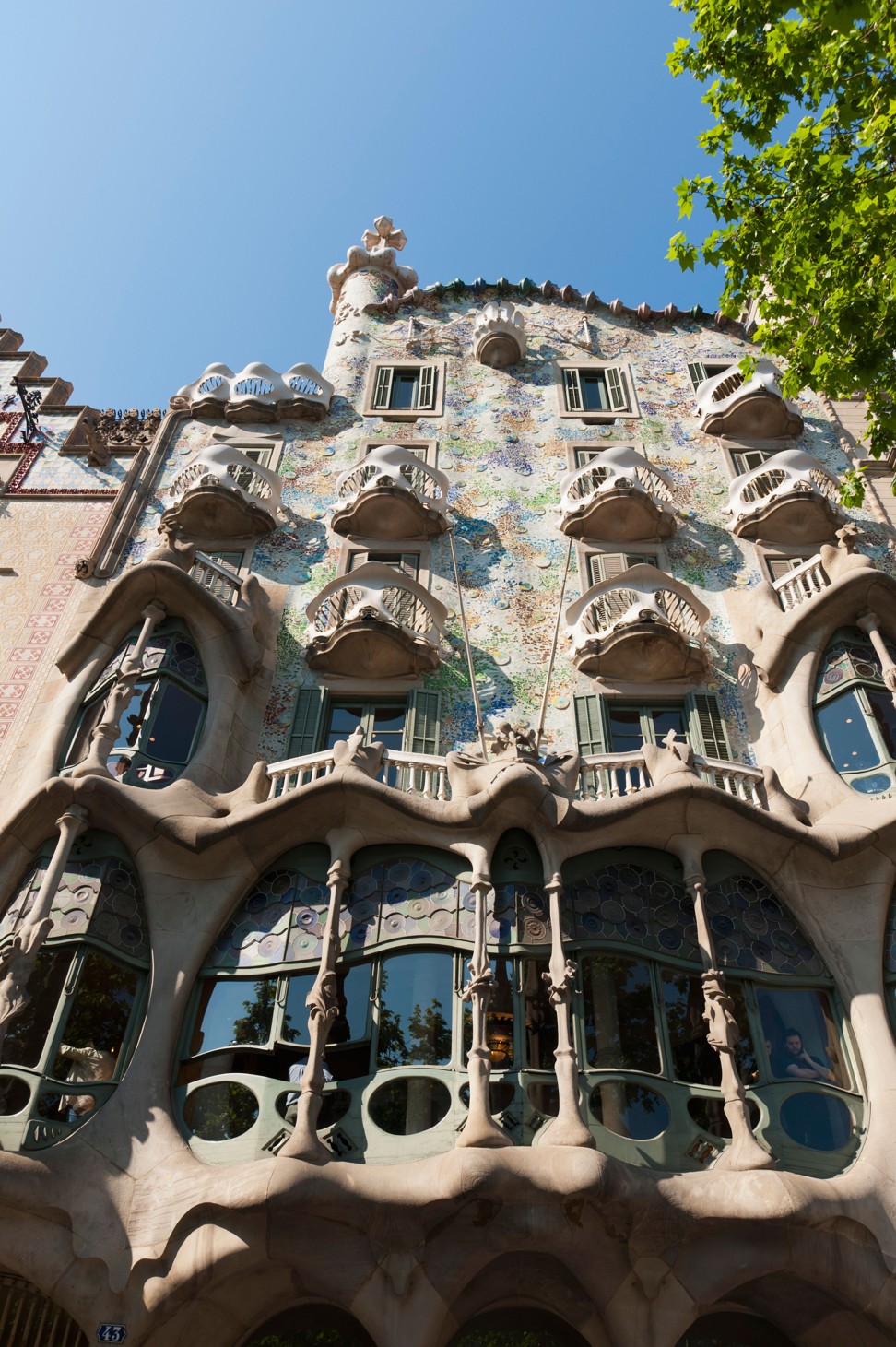
La Nena
Carrer de Ramón y Cajal, 36, 08012 Barcelona, Spain. Tel: +34 932 85 14 76
Iberic Travessera
Travessera de Gràcia, 141, 08012 Barcelona, Spain. Tel: +34 933 68 37 94
Can Tosca
Carrer del Torrent de l’Olla, 77, 08012 Barcelona, Spain. Tel: +34 932 37 36 38
Bodega Ca’l Pep
Carrer de Verdi, 141, 08012 Barcelona, Spain. Tel: +34 932 18 58 85
La Botigueta del Bon Menjar
Carrer de Santa Agata, 18-20, 08012 Barcelona, Spain. Tel: +34 671 67 11 57
Devour Tours conducts the three-hour Gracia neighbourhood food tour at €59 Euros for an adult. devourtours.com, tel+34 695 11 18 32